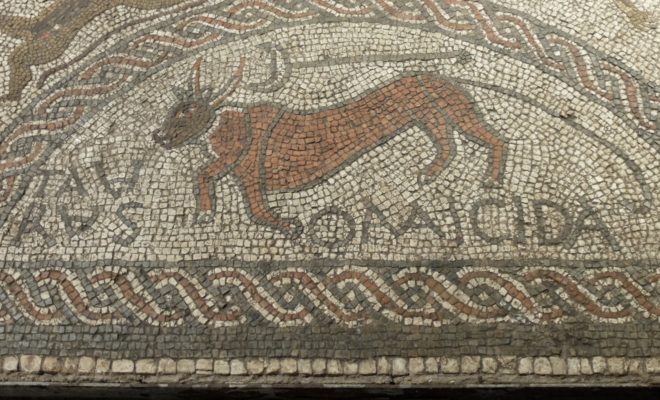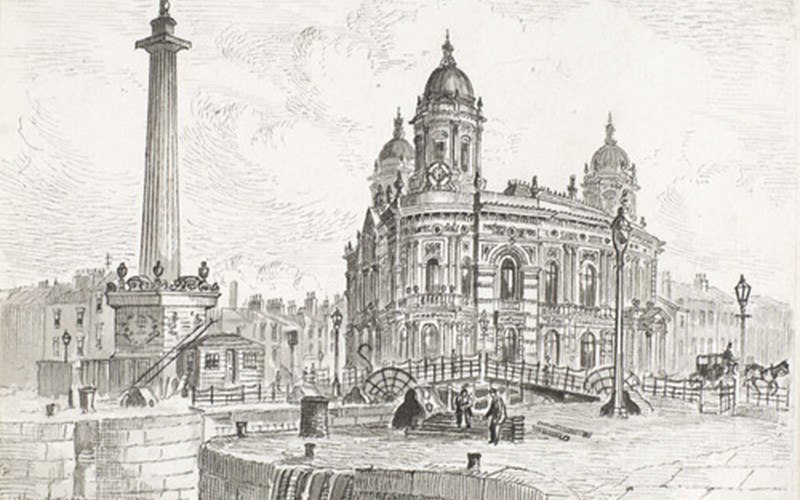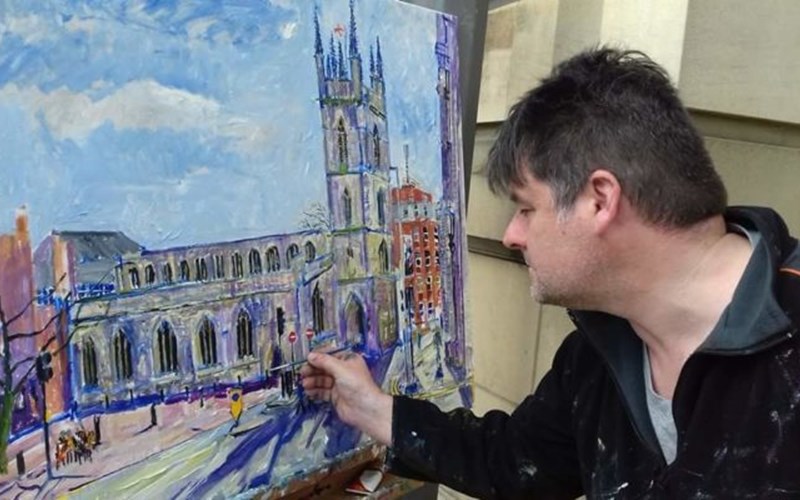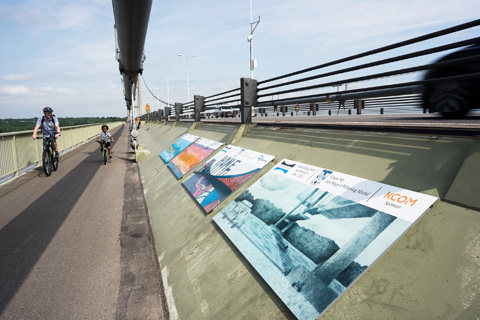The Wallis Collection – Hull’s historic firearms
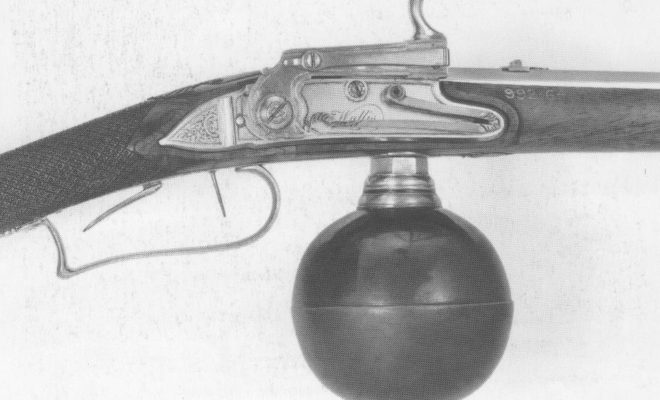
Discover how a Hull-born gunsmith ended up being the first-ever curator of his kind in the city.
We’ve teamed up with Hull Museums to bring you a weekly series of historical facts and tales. This week, we’re talking about George Wallis, a successful gunsmith and arms collector.
Originally, gun repair and the sale of firearms were exclusive to the needs of the Hull garrison. This meant that it was usually the business of a resident armourer and his assistants.
This was because there were not many outside of the military that owned guns before the 18th century.
However, during the turbulent years that followed The English Civil War and subsequent Restoration of the Monarchy, more and more people began to buy firearms. Their widespread use was particularly popular amongst aristocracy, gentry and yeomanry farmers.
By the mid to late 1700s, the growth in gun ownership resulted in big business for silversmiths, locksmiths, craftsmen and collectors in Hull.
One of the most prominent gunsmiths to emerge during this period was George Wallis. Born in the village of Lockington, East Yorkshire, he began repairing firearms in 1760.
Wallis had premises at Mytongate, between Sewer Lane and Finkle Street, where he established and grew a successful business. It was here that he repaired guns, placed blades into silver knife handles, and engraved decorative silverware.
Wallis styled himself as a whitesmith, which referred to those who worked with objects made of tin and other light materials.
Alongside his work, he accumulated a large collection of armour, arms, coins and medals. This grew to such an extent that it eventually developed into a museum.
The curation was one of the most impressive sights in the town, attracting a lot of visitors to the area. It was possibly one of the first museums of its kind in Hull.
Wallis eventually introduced a small admission fee in order to curb the increasing number of people wanting to view his collection.
After his death in 1803, George Wallis Junior continued his father’s legacy. The museum at this point was full of war medals and coins, as well as natural curiosities.
Wallis Junior managed to increase the collection, whilst also following in his father’s gunsmith footsteps. He also made one of the most significant contributions to the city’s whaling industry by building the swivel-mounted harpoon gun.
This had two flintlock hammers that worked off a single trigger. With a full charge, you could achieve an accurate range of up to forty yards.
The Wallis Collection was sold off in 1833, following Junior’s death. Some of the exhibits were handed over to the Hull Literary and Philosophical Society for public display.
Today, items from the collection can be viewed in the Georgian Galleries at Wilberforce House.

